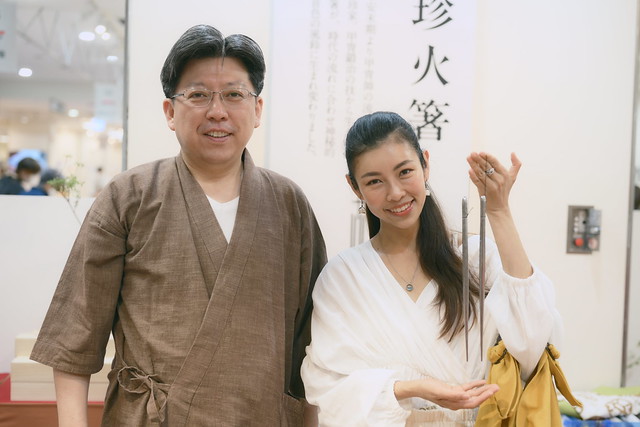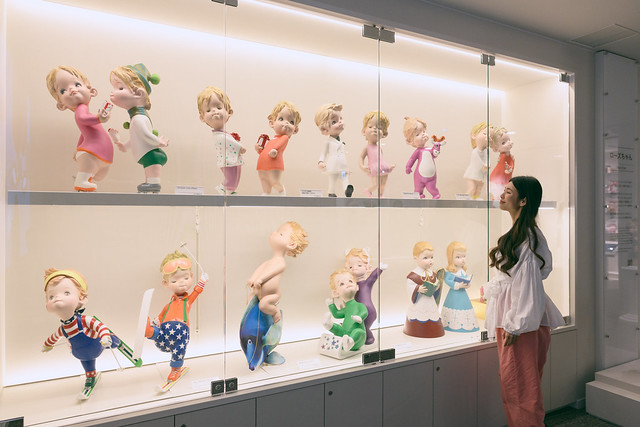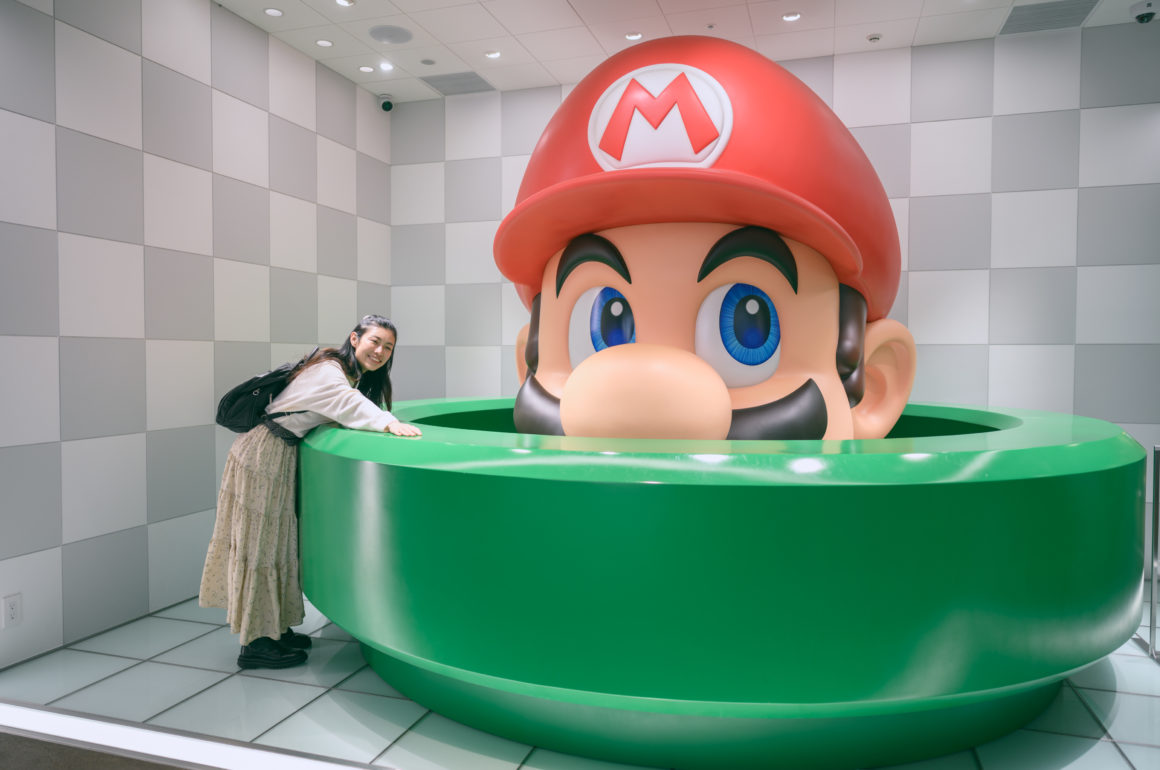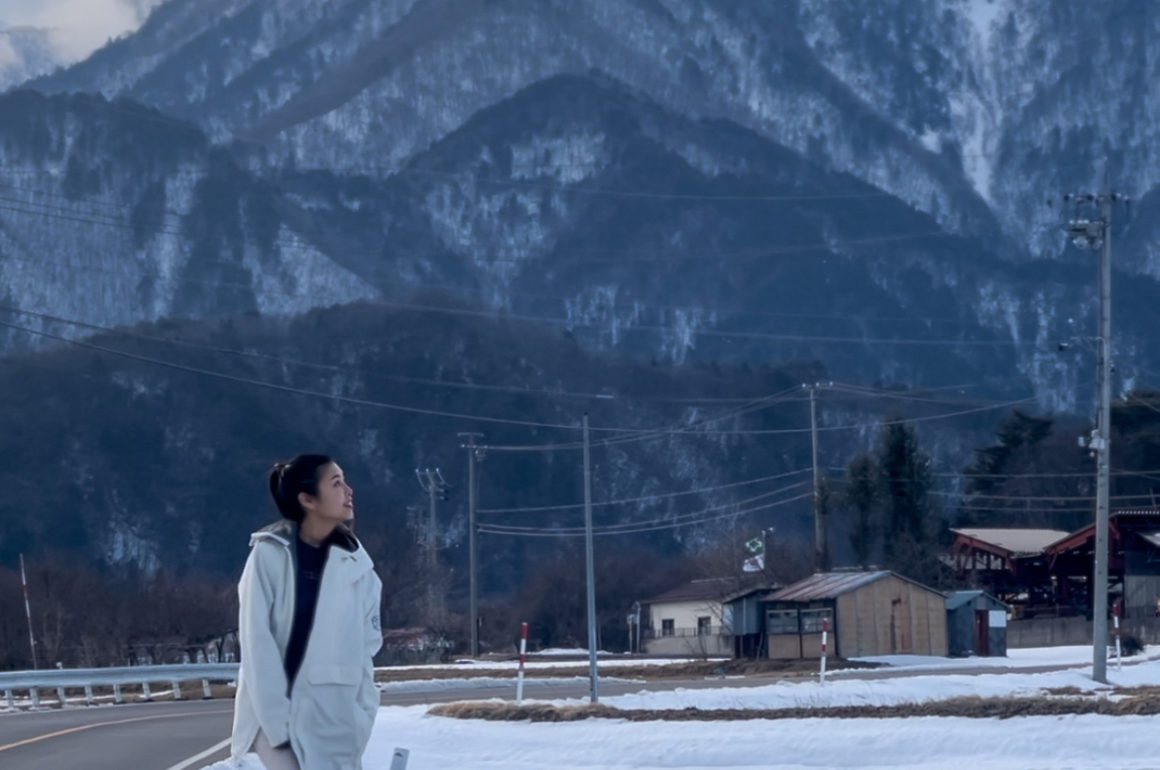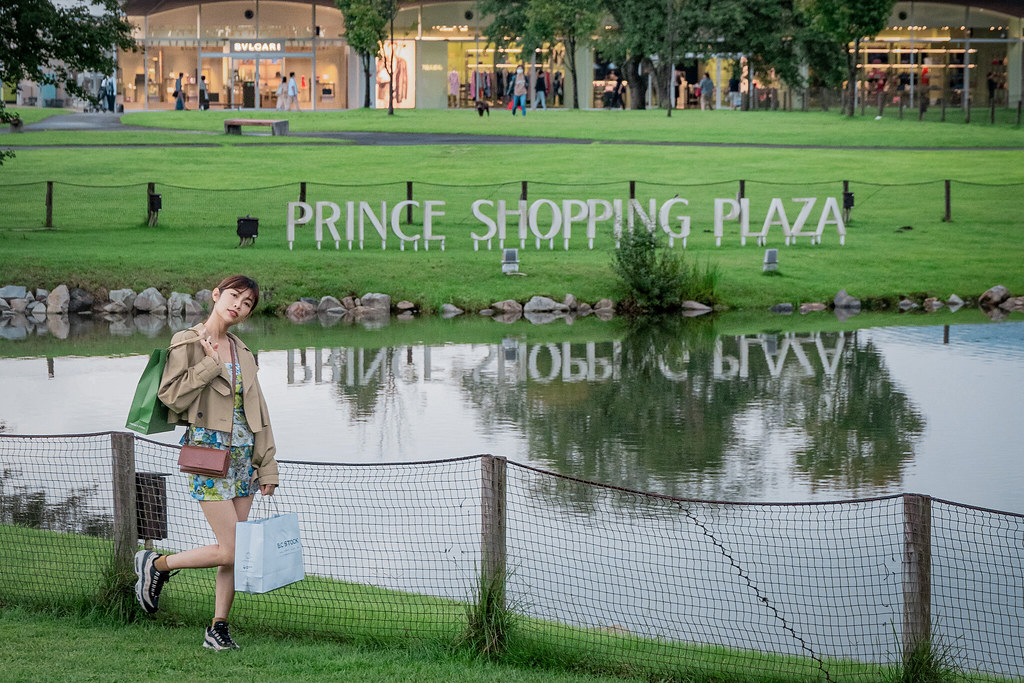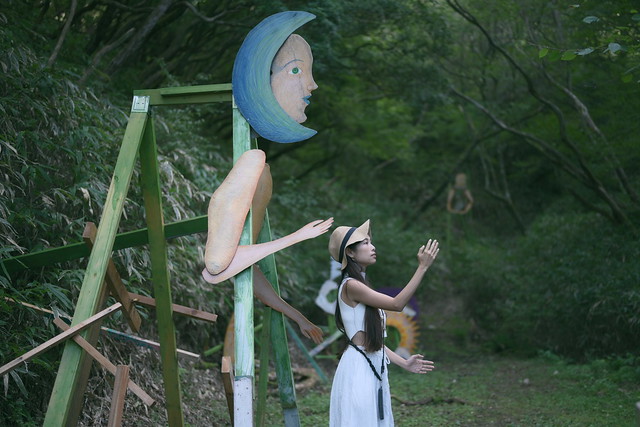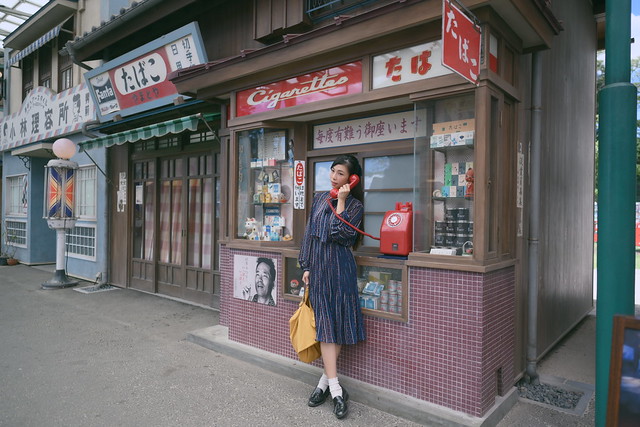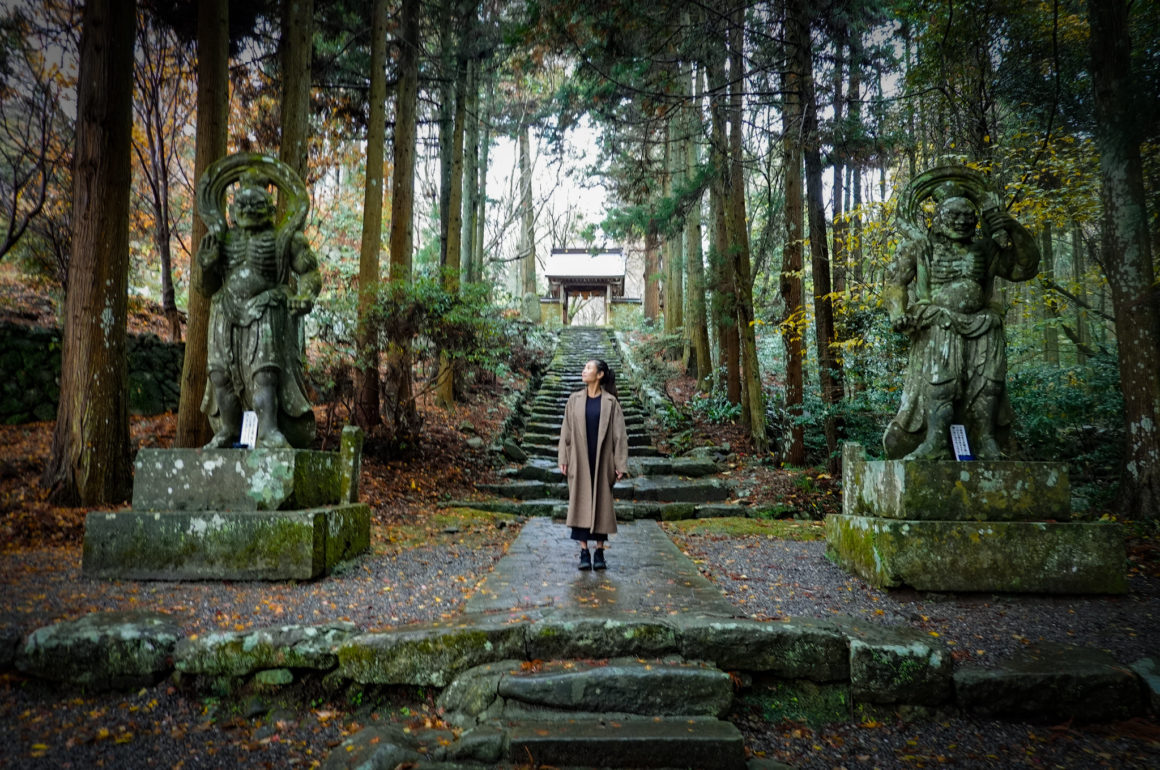
I believe many of us can agree that Japan is a safe country that embodies a profound sense of peace. Having spent almost four years navigating the bustling metropolis of Tokyo, I’ve discovered an enduring tranquility beneath the surface chaos. But what is it that makes Japan inherently peaceful?
My yamabushi master once told us, that Japan is peaceful because of its “ambiguity”, a concept often notoriously challenging for cultures that value clear-cut, black-and-white distinctions.
But exactly because of how things are “ambiguous”, the native Shintoism and the imported Buddhism could so artfully converge, that resulted in what we see in most shrines and temples today, and what is commonly practiced in the country, known as “Shinbutsu Shugo” (神仏習合)—the syncretism of both faiths.
The perfect setting to delve into this concept is the Kunisaki Peninsula in Oita Prefecture, distinguished as the first-ever site in Japan to embrace such practices. It is common to come across structures resembling temples within shrines, or witness the presence of a torii standing in close proximity to a Buddhist temple.
Today, we will embark on an exploration precisely centered on this theme. Although my sojourn to the Kunisaki Peninsula was brief—a mere 2D1N trip—I yearned for the chance to explore its depths more extensively. Nonetheless, this short visit granted me a fleeting yet insightful peek into the profound facets of Japan’s intricate faith system.
Where is Kunisaki Peninsula?
For aficionados of Japan, particularly those well-acquainted with the cherished destinations in the Kyushu region of Oita Prefecture, renowned hot spring towns like Yufuin and Beppu often steal the spotlight. However, there exists a substantial portion of the prefecture that tends to be overlooked—an oversight that belies the richness of these lesser-known locales.
Situated in the northern reaches of Oita, overlooking the scenic Seto Inland Sea, lies the hidden gem known as the Kunisaki Peninsula. Remarkably, despite its discreet charm, accessing this region is surprisingly convenient, particularly for travelers opting for domestic air transport facilitated by the nearby Oita Airport.
Comprising two distinctive cities, Bungotakada City and Kunisaki City, this peninsula beckons exploration. To begin our journey, allow me to introduce the foremost attraction of this region—Usa Jingu.
Usa Jingu
Usa Jingu finds its technical location in Usa City, situated on the border of Bungotakada City. However, it stands as the central focal point in the legendary narrative of the Kunisaki Peninsula, especially in unraveling the profound spiritual history that defines Kunisaki.

Usa Jingu serves as the headquarters for over 40,000 shrines dedicated to Hachiman, the revered deity of victory. Notably, my local shrine is also a Hachiman shrine, making it a genuine honor to visit the sacred grounds where legend holds that the deity first made landfall.

While delving into the extensive history of Usa Jingu could fill the pages of a book, let’s keep it concise for today, focusing on a crucial aspect—the origin of Shinbutsu Shugo, briefly introduced in the opening.
Usa Jingu stands as a prime example of this syncretism. It is regarded as the birthplace of Shinbutsu Shugo, where the divine spirits (kami) and Buddha first converged in Japan. Illustrated in the accompanying poster, the temple monks and Shinto priests engage in a ritual, commemorating the 1300th anniversary of Rokugo Manzan (六郷満山)—an ancient, esoteric Shinbutsu-Shugo practice integral to Kunisaki’s spiritual traditions.
I believe Japan’s remarkable ability to seamlessly blend diverse faiths over millennia is a significant contributor to its current state of peaceful coexistence. What are your thoughts?
Continuing our exploration, let’s highlight some noteworthy spots worth your attention!

The “Meoto-iwa” or “Couple Rock” gracing the staircase leading to the main hall is really unique. Typically associated with images of two colossal pillars of stones tethered together by a sacred rope, encountering a distinct manifestation of Meoto-iwa here was indeed a delightful surprise.
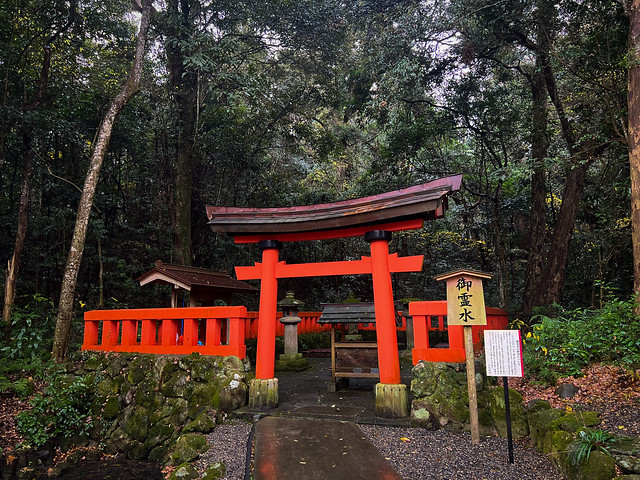
Don’t miss the “spiritual well,” a revered site where legend holds that the deity Hachiman first descended. While you can use a ladle to scoop water from the well as a memento, it’s advisable not to consume it.
Bungotakada City
Soba Tokoro Hibiki

Our journey takes us to Bungotakada City, accompanied by a delightful stop for a bowl of delicious soba.
While soba can be found throughout Japan, what distinguishes this region is the unique practice of harvesting buckwheat twice a year—once in spring and once in autumn, a rarity in the country. Our destination for this culinary experience is “Hibiki,” a certified restaurant renowned for serving soba harvested in Bungotakada.

Indulging in the culinary offerings, I opted for the “shamonan soba” featuring shamo, a type of game fowl. Served with Oita’s specialty—yuzu pepper, the dish proved to be an absolute delight, delivering a delicious and unique flavor experience.
Showa no Machi

A standout attraction in Bungotakada City is Showa no Machi, a retro district that unfolds an authentic townscape meticulously preserved since the Showa period.

Enjoy a leisurely stroll through Showa no Machi, immersing yourself in the nostalgic ambiance reminiscent of Japan’s fifties and sixties.

Unlike many Showa-themed museums or parks in Japan, the shotengai (shopping street) here boasts stores that appear to have been suspended in time for half a century. Notably, a footwear shop adorned with typical Showa signage radiates the charm of yesteryear, providing visitors with an opportunity to acquire traditional geta and other classic Japanese footwear.

Vintage car enthusiasts will be thrilled to discover a display of Japan’s antique automobiles, with an annual event that attracts gatherings of vintage car owners.

When it comes to dining options, consider Otoraya, an eatery offering a unique experience. Upon encountering the food replica, I initially assumed it was for display purposes, given the unbelievably low price of 200 yen for a bowl of “kake-udon.” However, to my surprise, I was informed that this was indeed the actual price, unaltered since 1989! What a steal!

Cafe & Bar Boulevard is another old-school gem that serves “kyushoku”–Japanes school lunches–except that adults are welcome to indulge!
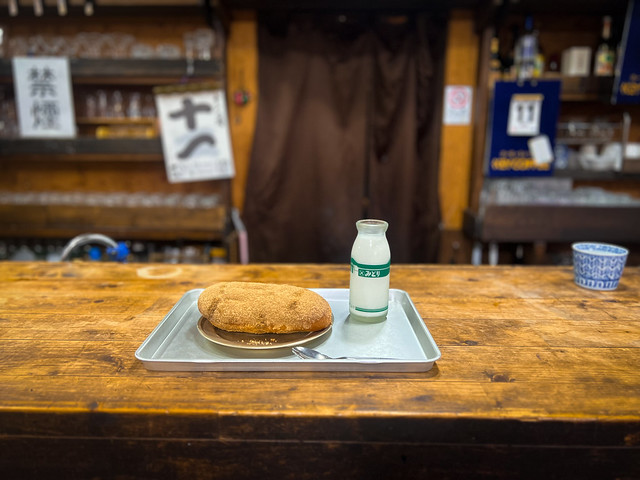
Try their signature menu: agepan and a bottle of milk. Simple and sweet.

To add even more pizzazz to your experience, pop by “Showa Roman Kura” to rent a vintage outfit for 1000 yen. This adds a nostalgic flair to your adventure and provides numerous photogenic opportunities.

For a modest entrance fee, visitors have the option to step back in time and immerse themselves in a treasure trove of tens of thousands of memorabilia from decades past.

Do any of these items evoke a sense of familiarity or nostalgia for you? Perhaps you’ve used them yourself, or you’ve come across them in your grandparent’s place.
Matama Beach
Matama Beach stands out as the sole location in Oita where you can witness the mesmerizing spectacle of the sun gracefully descending beneath the ocean’s horizon.
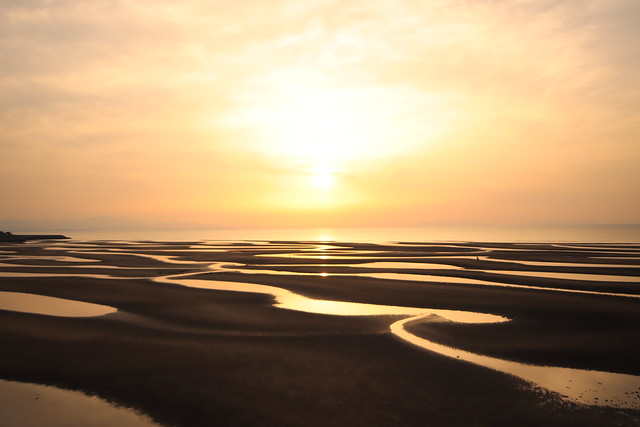
Known for its stunning tidal flats, there’s no doubt the gorgeous beach makes one of the top 100 sunset spots in Japan.

Walk along the “Koikana Road” (literally “love comes true” road), celebrated as a popular romantic spot for couples. Along this path lies the Lover’s Shrine, Awashima-sha, where legend has it that tossing a white marble into the heart-shaped rock fulfills one’s wish for love.
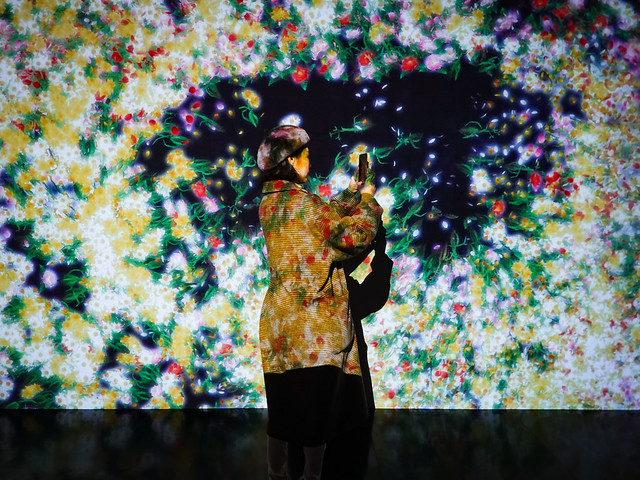
It’s also noteworthy that a petite TeamLab Gallery Matama Beach is situated nearby. Despite its diminutive size, with only one display, it serves as a delightful stopover, perfect for a romantic date experience.
Fuki-ji Temple
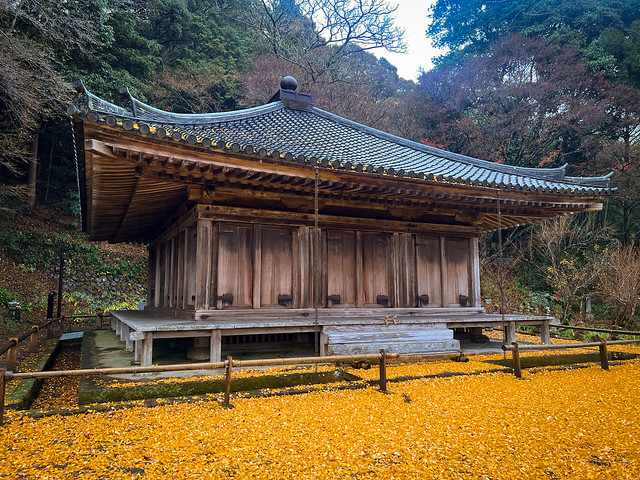
You mustn’t miss Fuki-ji Temple if you come to Bungotakada City, especially during the autumn season. While I was slightly late to witness the vibrant beauty, the fallen ginkgo leaves still formed a vivid and breathtaking golden carpet around the 900-year-old temple.creates a vivid, gorgeous golden carpet surrounding the 900-year-old temple.

The torii gate within the temple grounds serves as an illustration of the assimilation of Buddhism and Shintoism, an iconic feature prevalent in the Kunisaki region. This harmonious blending is observable in nearly every shrine and temple throughout the area.

My accommodation of the night is “Fuki no To”, which is a ryokan/temple lodge located just right next to Fuki-ji Temple.

The room is simple but cozy, and the bonus is a natural onsen public bath that guests can freely use.

In the morning, guests have the option to participate in a zazen meditation in the temple, providing a rare opportunity to glimpse inside this incredible structure. Additionally, there’s the option for sutra tracing at Fuki no To, adding a contemplative and immersive dimension to the stay.
Kunisaki City
Futago-ji Temple
Welcome to the poster-child of Kunisaki Peninsula – Futago-ji Temple. According to our Kunisaki City tourism guide, the iconic image of the majestic pair of Nio guardian statues standing tall before the mossy staircase at Futago-ji makes up almost 100% of Kunisaki’s brochure cover.

While the entire temple complex is a captivating sight, especially during the autumn season, the spotlight often falls on the two Nio guardian statues. The Nio guardian is commonly found at the “Niomon” (Nio guardian gate) in famous temples like Kiyomizudera. I must admit that when Nio guardians are enclosed within gates, they seem to lose some of their vigorous force. This is why the two statues here at Futago-ji exude such captivating and unspoken power when observed.

We arrived a bit late for the full autumn foliage, but I was still in awe when the Goma hall unfolded before me.

Another testament of Kunisaki’s Shinbutsu Shugo practice–a Shinto torii erected right within the temple grounds.

Don’t miss Oku-no-in, the temple hall that’s further up, offering a precious glimpse of stone carvings in a cave.
Nihonryori Cu

For lunch, we visit “Cu,” written as “空,” which means “emptiness or spaciousness,” fitting the theme of our spiritual odyssey this time. We’re treated to a luxurious kaiseki feast featuring fresh seafood from the Kunisaki region, including tantalizing mud crabs.
Monjusen-ji Temple

Monjusen-ji is another breathtaking temple, seemingly hanging off a rock cliff. To reach the main hall is no easy feat, as a flight of stairs with 300 steps awaits. (Although we may have cheated a bit and driven most of the way up to the car park area near the main hall).
It is said that En-no-Gyojya, the founder of Shugendo (ancient mountain worship), established Monjusen-ji himself. Make sure to visit the back of the hall for a stone statue of the mountain ascetic himself.

If you’re up for it, witness a Gomataki ritual that’s so powerful, I was enchanted the entire time.
Also, since during my visit last year, it was still the year of the rabbit, I had the honor to get a very rare chance to lay my eyes upon the “hibutsu” (hidden Buddha or secret Buddha) that is only open to the public once every 12 years when the rabbit takes charge.
Well, you’ll have to come back 12 years later for this!
Kayashima Sake Brewery
Before leaving Kunisaki, it’s time for some merriment, so we made Kayashima Sake Brewery our last stop. As a small brewery, Kayashima boasts an impressive history of 150 years.

They usually do not conduct brewery tours, but I had the honor to witness how the actual work is done, including one of the most massive outdoor sake tanks I’ve ever seen! There’s a special small opening for the staff to enter to perform cleaning tasks.

Still, visitors are welcome to pop by for free sake tastings. While they offer a wide range of selections, I highly recommend trying “Kunisaki,” a limited variant brewed using sake rice grown in Kunisaki. I appreciated how the bottles even feature the names of the rice farmer and master brewer!
In closing, our brief yet illuminating expedition to the spiritual essence of Japan—Kunisaki Peninsula—comes to an end. It’s worth noting that even many Japanese are unfamiliar with this hidden gem! By exploring this relatively still undiscovered territory in Oita Prefecture, you could be among the pioneers from your country to uncover the treasures it holds.
Even for a rather seasoned traveler like myself, Kunisaki Peninsula stands out as a true gem, boasting an authenticity that resonates deeply with those eager to delve into Japan’s rich cultural and spiritual heritage.
I sincerely hope that, like me, you’ll discover and appreciate the myriad facets of Kunisaki’s culture and spirituality. Happy exploring!



